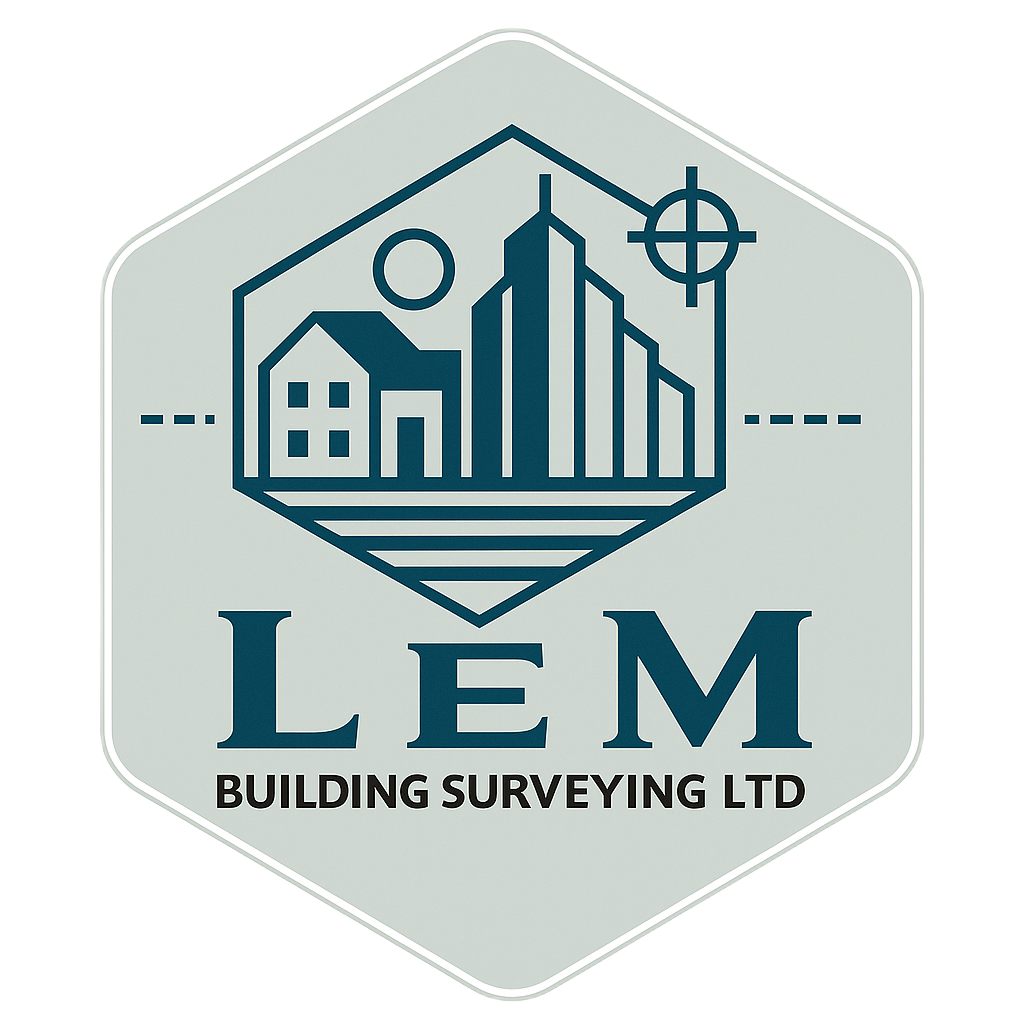Damp & Timber Concerns in Wrexham Terraces
How to spot moisture and timber decay risks in classic Wrexham terraces and why an independent damp & mould survey gives landlords and buyers reliable answers.
Rows of Victorian and Edwardian terraces shape many Wrexham streets, from central neighbourhoods to popular villages such as Rossett, Marford and Gresford. Their solid walls, suspended timber floors and shared party walls behave differently from modern construction. When damp signs appear, assumptions about rising damp or quick-fix chemical injections can make problems worse. A methodical moisture and timber inspection pinpoints the root cause so you can plan remedial work once and avoid repeat call-outs.
Typical Damp Patterns in Terraced Streets
Terraces often share drainage runs, roof junctions and boundary walls. A defect in one home can quickly affect the next. During our Timber and Damp Investigation, Damp Survey and Damp and Mould Survey appointments we regularly identify:
- Penetrating damp from slipped slates, failed flashings or overflowing shared gutters that wet party walls and back additions.
- Sub-floor humidity where original air bricks are blocked, leading to condensation on joists and fungal growth beneath timber floors.
- Cold bridging and condensation around solid brick external walls, bay window heads and uninsulated chimney breasts.
- Salt contamination from historic coal fires and chimney use that draws moisture through plaster even after fireplaces are redundant.
These issues rarely have a single cause. Moisture meters alone cannot separate condensation from leaks. That is why our reports combine background data logging, thermal imaging and intrusive checks where required to understand the building holistically.
Timber Risks Hidden Behind Wall Finishes
Timber lintels, joists and staircase strings sit inside wall pockets across many terraces. When masonry becomes damp the embedded timber is the first element to deteriorate. Early warning signs include bouncy floors, sticking doors or flaking skirting boards. We assess:
- The condition of sub-floor ventilation pathways and whether airflow reaches each bay.
- Joist end moisture content using calibrated pins to highlight wet pockets needing further exposure.
- Evidence of wet rot, dry rot or insect attack such as woodworm caused by prolonged high humidity.
- Chimney breasts and bathroom floors where leaks are common and timber repairs must be carefully staged.
Where advanced decay is suspected, we recommend minimal, targeted opening-up alongside independent structural advice. Contractors receive a clear brief so timber replacement remains proportionate.
Survey Process for Wrexham Landlords & Homebuyers
Every property is different, but our approach follows a proven workflow tailored to Wrexham’s climate and housing stock:
- Information gathering: We review construction era, heating upgrades, ventilation provision and any previous damp treatment guarantees before arriving on site.
- On-site diagnostics: The inspection covers roof coverings, joinery, rainwater goods, wall finishes, sub-floor voids and service penetrations. Hygrometer readings, thermal imaging and salt tests build a moisture profile for each room.
- Reporting & recommendations: Findings are collated into a photographic report outlining root causes, priority repairs and preventative measures such as improved airflow or targeted masonry repointing.
When condensation plays a major role we may suggest a dedicated ventilation assessment to quantify extract fan performance and background ventilation. The combined evidence supports Housing Act compliance, damp and mould action plans and conversations with contractors.
Preventative Maintenance for Terraces
Preventing damp recurrence is as important as fixing current defects. We encourage homeowners and landlords to:
- Schedule twice-yearly gutter cleaning and check flashings after storms.
- Keep air bricks and underfloor vents clear, particularly where external insulation or paving has been added.
- Use breathable plasters and paints so walls can dry out naturally rather than trapping moisture behind membranes.
- Log indoor humidity and temperature during colder months to identify ventilation tweaks early.
- Address small leaks immediately; prolonged drips beneath bathrooms often trigger major timber repairs.
Combining regular maintenance with impartial diagnosis protects the character of Wrexham’s terraces while keeping tenants healthy and investment portfolios resilient.
Need Independent Damp Advice?
Whether you manage a rental portfolio in Wrexham or are purchasing your first terrace, LEM Building Surveying delivers impartial guidance. Explore our dedicated damp & mould action plan service for housing providers or request a tailored survey quote today.
Stay proactive by following our damp and mould action plan checklist, commissioning a RICS Level 3 Building Survey when structural alterations are suspected, and reviewing the wider area insights on our Rossett survey coverage page if your portfolio spans nearby villages.
